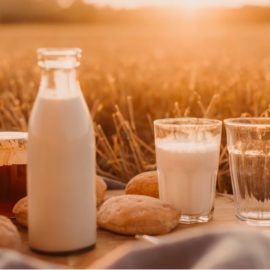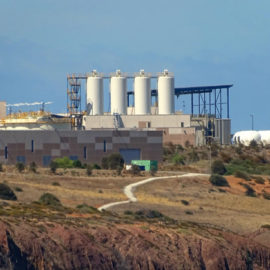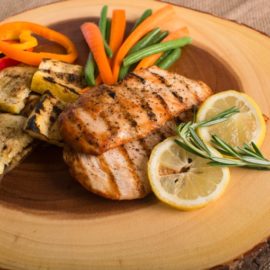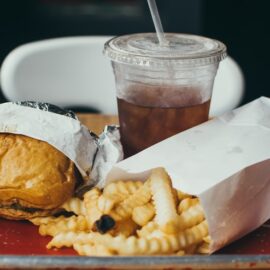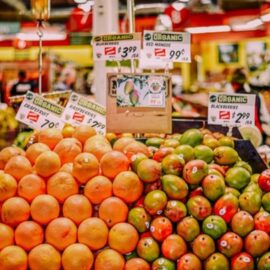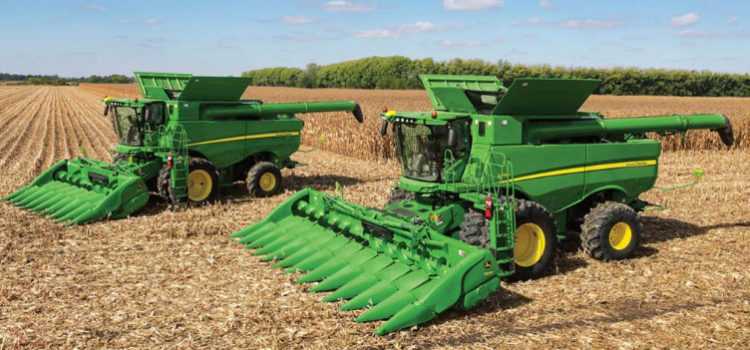
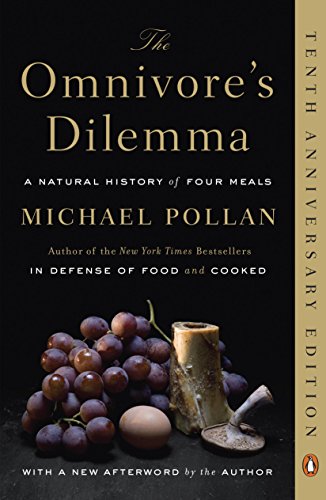
This article is an excerpt from the Shortform summary of "The Omnivore's Dilemma" by Michael Pollan. Shortform has the world's best summaries of books you should be reading.
Like this article? Sign up for a free trial here .
What’s industrial farming? How does it produce food, and how is it different from normal farming? Learn about industrial farming here.
The Rise of Industrial Farming
Today most of our food comes from corn-based industrial farms. But in the early 1900s, most farms started out as diverse operations, with corn, fruits/vegetables, oats, hay, chickens, and pigs. One in four Americans lived on a farm.
Beginning in the fifties and sixties the availability and cheap price of corn made it more profitable to fatten livestock on feedlots, and chickens in giant factories. So chickens and cattle moved from farms to industrial areas, creating space for farmers to plant more corn, which made it even cheaper.
By the 1980s, diversified farms had basically disappeared in Iowa and a single crop or monoculture — corn — dominated.
Growing just corn in industrial agriculture required much less labor than diversified farming, thanks to fertilizer, pesticides, mechanization, and other practices. Monoculture farms got bigger but required fewer people to operate.
Industrial Farming, Today
Here’s how farming works today. George Naylor is a typical farmer, raising corn and soybeans in Greene County, Iowa. Naylor rotates the two crops. (Soybeans have become the second crop supporting the industrial food system; like corn, they’re fed to livestock and are a component of a majority of processed foods.)
In industrial farming, Naylor plants a hybrid corn variety developed by Monsanto, which yields 180 bushels per acre; in 1920 the average was about 120 bushels per acre. The higher yields stem from the fact that the hybrid corn can be planted close together. It has a stronger root system, stands up straight, and is amenable to mechanized harvesting.
Naylor and other midwestern industrial farmers are going nearly broke because the price they get for corn doesn’t cover their costs — and it keeps declining as they get more productive (we’ll explain more about why later). Naylor’s farm, which has been in his family for generations, no longer financially supports the four people who live on it; his wife works off the farm and he depends on a federal subsidy.
The plight of midwestern farmers is a direct result of years of farm policies designed to encourage overproduction to benefit the huge agribusinesses that buy corn, process and sell it, or feed animals on factory farms to produce and process meat.
———End of Preview———

Like what you just read? Read the rest of the world's best summary of Michael Pollan's "The Omnivore's Dilemma" at Shortform . Learn the book's critical concepts in 20 minutes or less .
Here's what you'll find in our full Omnivore's Dilemma summary :
- What does Omnivore's Dilemma mean?
- Why is industrial farming so bad for you and the environment?
- How did corn and its byproducts (like corn syrup) end up in tens of thousands of foods?
- How is Industrial Organic food like at Whole Foods not much better than massive industrial farming?
- What happens when you try to forage for your own food?

